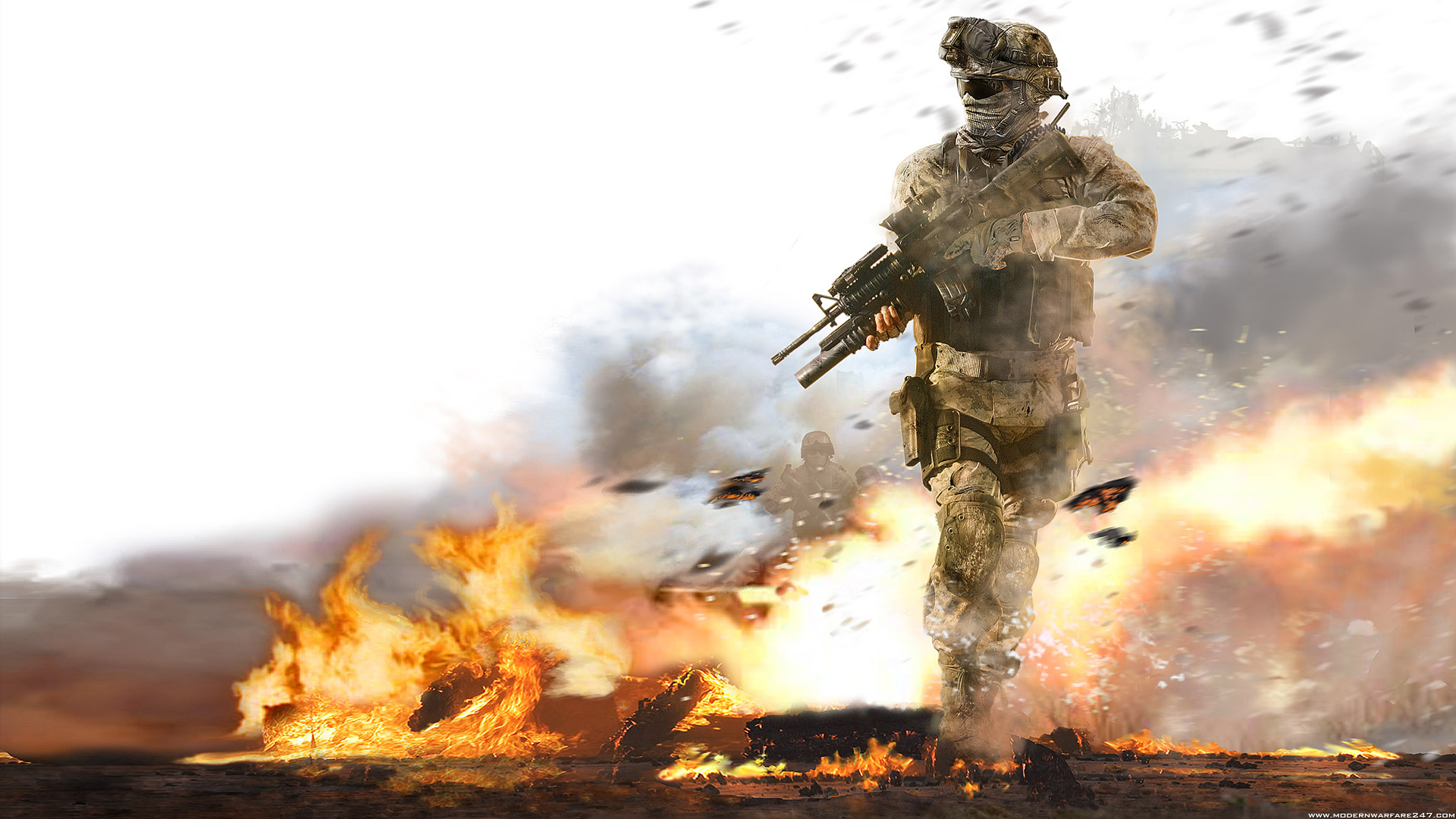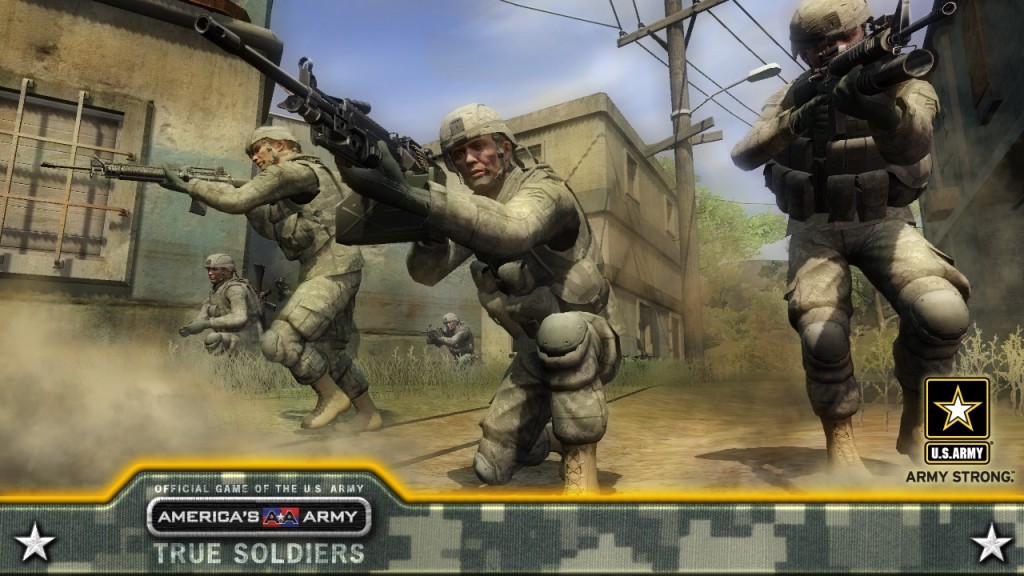I’ve said it a million times and I’ll probably say it a million more: Video games as a medium are constantly being dumped on. Too many people write them off as children’s toys, unworthy of serious attention and potential for analysis. That’s part of the reason why I’m writing my senior thesis on the modern military shooter genre. I want video games to be taken as seriously as any piece of literature or any film could be. In my thesis, I’m looking specifically at Call of Duty: Modern Warfare 2 and Spec Ops: The Line and analyzing their uses of violence and how they justify themselves. What’s sad is that it seems like a lot of other critics and scholars aren’t willing to put similar time and effort into seriously analyzing the works about which they’re writing.
Often critics will overly simplify and generalize their discussions about games. Many readings of modern military shooters approach games of this genre merely as extensions of the US military complex, ignoring other narrative or ludic nuances embedded in them. The evidence they provide is also unfairly selective, with examples having clearly been cherry-picked to support an argument, thus preventing the game from being read fairly and accurately. One of the reasons that many critics accept this practice may be because the definition of a ‘war shooter’ is rarely clearly articulated; as a result, many shooters with a similar setting are assumed to have similar tendencies. For example America’s Army and Call of Duty are completely different entities, despite the fact that they both portray modern military conflicts. Even within a single game or series, further distinctions have to be made, like differences in different modes within a single title (e.g. singleplayer, multiplayer, or cooperative modes) or differences between the many devices on which games can be played.
Additionally many researchers may not have the necessary skillsets or knowledge base to analyze games, but attempt to do so anyway with their own training and knowledge from various different fields, such as psychoanalysis and sociology. These lenses and fields of inquiry can certainly be applied to video games research and analysis, but a problem arises when those employing those lenses do not understand video games or engage seriously with the works in question, and rely on the methodologies of other fields entirely. Their results thus end up full of holes resulting from incomplete analysis, erroneous claims, and overgeneralizations.
In his article “Playing War” Ian Graham Ronald Shaw argues that “Video games are political spaces fizzing with military agendas… [they] allow millions of users from around the world to transition into a space of pasteurized terror. They are virtual worlds built with the ideological scaffolding of the military entertainment complex that splay the lines between civilian and soldier across a cultural mosaic of consent, participation, and less frequently resistance…. From drones hovering in Pakistan to drones hovering in Modern Warfare 2, the way that war is known is increasingly playful…. Tucked away under televisions in millions of homes, they are banal technologies that distribute carefully crafted military aesthetics.”
Shaw’s argument is that what he calls “war games” serve to support the American military entertainment complex and make war into something playful, in contrast to what war actually is. His conclusion sounds entirely feasible, but his argument is based on erroneous and overly presumptuous research and evidence. While Shaw never explicitly states his playtime or experience with the games in question, it is very apparent that Shaw is extremely unfamiliar and inexperienced with Modern Warfare 2. He claims that “spatial simplification extends beyond a ‘mystical other’ (in games such as Prince of Persia) into a ‘violent other’ (in games like Call of Duty: Modern Warfare 2) through the representation of Middle Eastern cities suffused with conflict.” Höglund argues that in order to keep “the flames of the ‘war on terror’ burning, the military entertainment complex depicts Middle Eastern cities as in a state perpetual war.” This assertion is false, as there are no “Middle Eastern cities suffused with conflict” depicted in the game’s campaign. There are sections of the game that take place in Afghanistan, but these missions take place in a decrepit airplane boneyard and in a secret American base. Even if Shaw’s point about location is taken to be true, the player never interacts with any Middle Eastern characters (neither friend nor foe) throughout the entirety of the story. The main antagonists are Russian soldiers, South American militia members, and American soldiers. Perhaps Shaw here is basing his analysis on the multiplayer action of the game, but he never makes this claim explicit. Furthermore, his reference to drone strikes establishes that his analysis is concerned with the campaign mode of the game, so it should be assumed that he would continue that analysis throughout his piece. Even in the brief few sections that he deals with Modern Warfare 2, he fails to provide convincing and accurate proof for his arguments.
David Leonard uses his article “Unsettling the Military Entertainment Complex: Video Games and a Pedagogy of Peace” to argue a similar point to Shaw’s: he makes the case that video games and other forms of popular media should be engaged with and questioned. In regard to the case of war shooters and military games, he believes that video games should be critically analyzed because of their importance to how the United States handles and portrays its participation in physical war. However, like Shaw, Leonard’s analysis is also flawed. He often makes statements that grossly overgeneralize the war shooter genre, likely resulting from a loose understanding and lack of direct engagement with military shooters. Leonard makes the claim that games promote “military solutions and the unilateral acceptance of the War on Terror as justification for all military endeavors,” and that “War video games are no longer purely about training soldiers already enlisted; rather, they are about recruitment and developing future soldiers, while simultaneously generating support among civilian populations for increasing use American military power. Americans of all ages are thus able to participate collectively in the War on Terror and in Operation Iraqi Freedom, just as if they were members of the military.”
Leonard mainly uses America’s Army and Operation Desert Storm to illustrate his points, while briefly mentioning games like Call of Duty and Kuma\War. However, his use of America’s Army and Operation Desert Storm as representations for the entire military shooter sub-genre misrepresents other military shooters. America’s Army in particular is a multiplayer-only experience that is often used as a recruitment tool by the United States military and is funded directly by the government, making this game a direct extension of the United States government. Other members of the military shooter subgenre, like entries in the Call of Duty or Battlefield series, have single-player, multiplayer, and cooperative modes and are products of private corporations and publishers rather than a government. Furthermore, according to “Reality and Terror, the First-Person Shooter in Current Day Settings,” there were over 160 first-person shooters released between 1993 and 2009, 95 of which could be considered military in nature as the these games pit the player against political enemies, rogue governments, and terrorists.” Using two examples to represent a further 93 would lead one to make fallacious claims. Unfortunately, Leonard is not the only video game critic to make claims like these.
According to Johannes Breuer, Ruth Festl, and Thorsten Quandt in their study “Digital war: An Empirical Analysis of Narrative Elements in Military First-person Shooters,” “most existing content analyses of digital games simply look at the first few minutes of gameplay or specific in-game sequences of twenty to sixty minutes. Such time-based sampling is likely to cause bias and does not represent the game in its entireity.” While this certainly does not apply to all analysis done, it does pose a problem to video game criticism when laziness and shoddy research is an accepted scholarly practice.
So what do we do about it? Keep writing about video games. Not as sexist and gun-toting pieces of garbage unworthy of analysis, but as serious pieces of artistic expression. While it is true that there are a lot of bad video games, it shouldn’t soil the integrity of the entire art form. To me, it seems like a lot of critics treat video games like toys or like some passing fad, not as a potential artform worthy of analysis. I’m certainly not trying to claim that all video games are art and worthy of supreme praise, but just that a video game shouldn’t be dismissed because of its medium.


Recent Comments